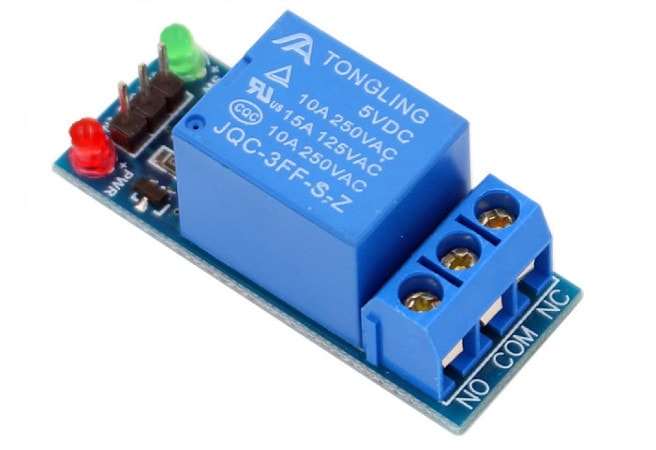The aim of this post is to cover the question: “Why relay is used in home automation and “Internet of Things” devices and systems.”
I also gave a general overview of what a relay looks like, how we can use a relay module to help us with building automation circuits and a basic guide on how relays operate.
Relays are excellent components for home automation and IoT projects and I would certainly recommend trying out some low-powered relay circuits such as motor controlling.
If you don’t have all the necessary basic hand tools and equipment for constructing your own projects at home then I recommend reading my post here which I cover in more detail.
